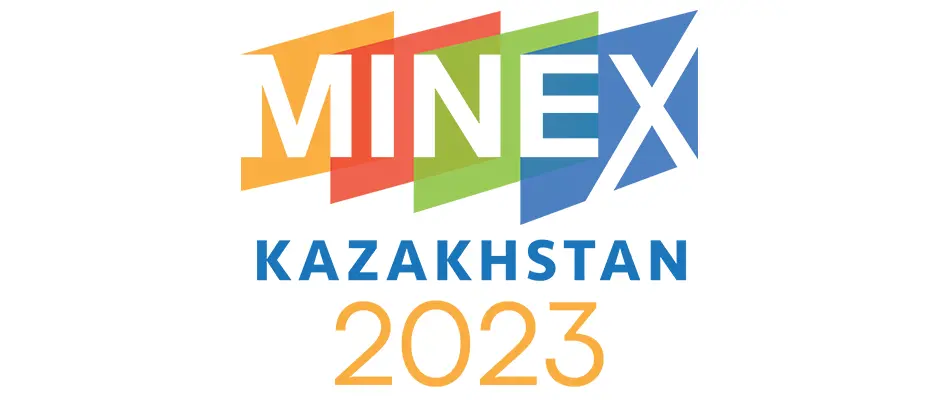Smart Technology for Caving Subsidence Monitoring
A Thomas, S Steffen, C Kamp, A Davies
Innovative Mixed Reality Approach to Rock Mass Mapping in Underground Mining
IE Onsel, D Stead, W Barnett, L Zorzi, A Shaban
High-capacity Production Systems for Block Caving Mines
DM Morrison, PO Labrecque
Mining for Diamonds – History and Present [Keynote]
J Jakubec
Incline Caving at Ekati Diamond Mine
J Jakubec
Kemess Underground: Project Update, Production Simulation, and Quadrant Crusher Layout
J Fitzgerald, CJ Clark, PO Labrecque, CJ Clark, AM Kalviainen
Fault Characterization and Modelling in the Deep Mill Level Zone (DMLZ) Mine
D Haflil, S Widodo, P Wiguna, W Barnett, L Zorzi, R Campbell




